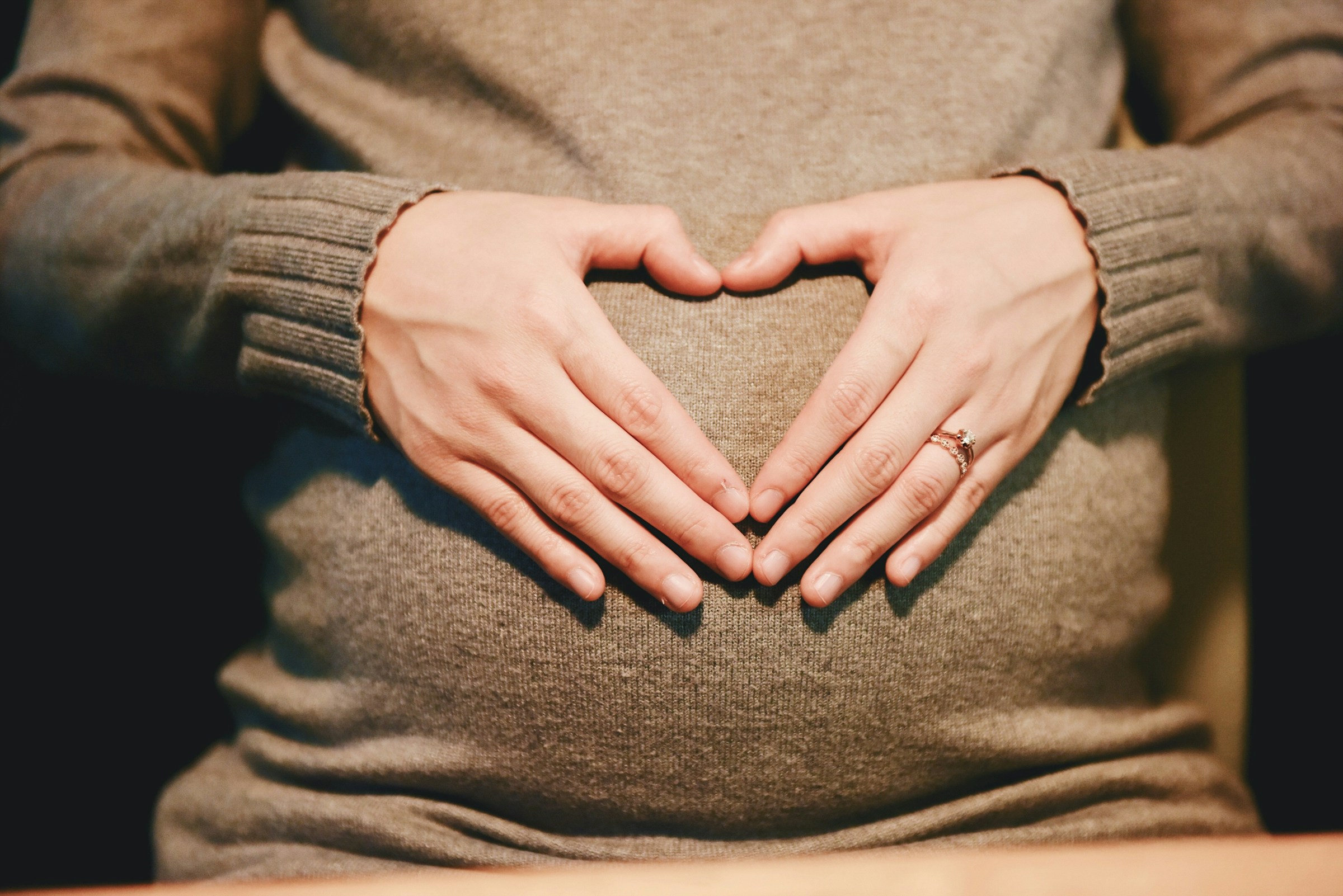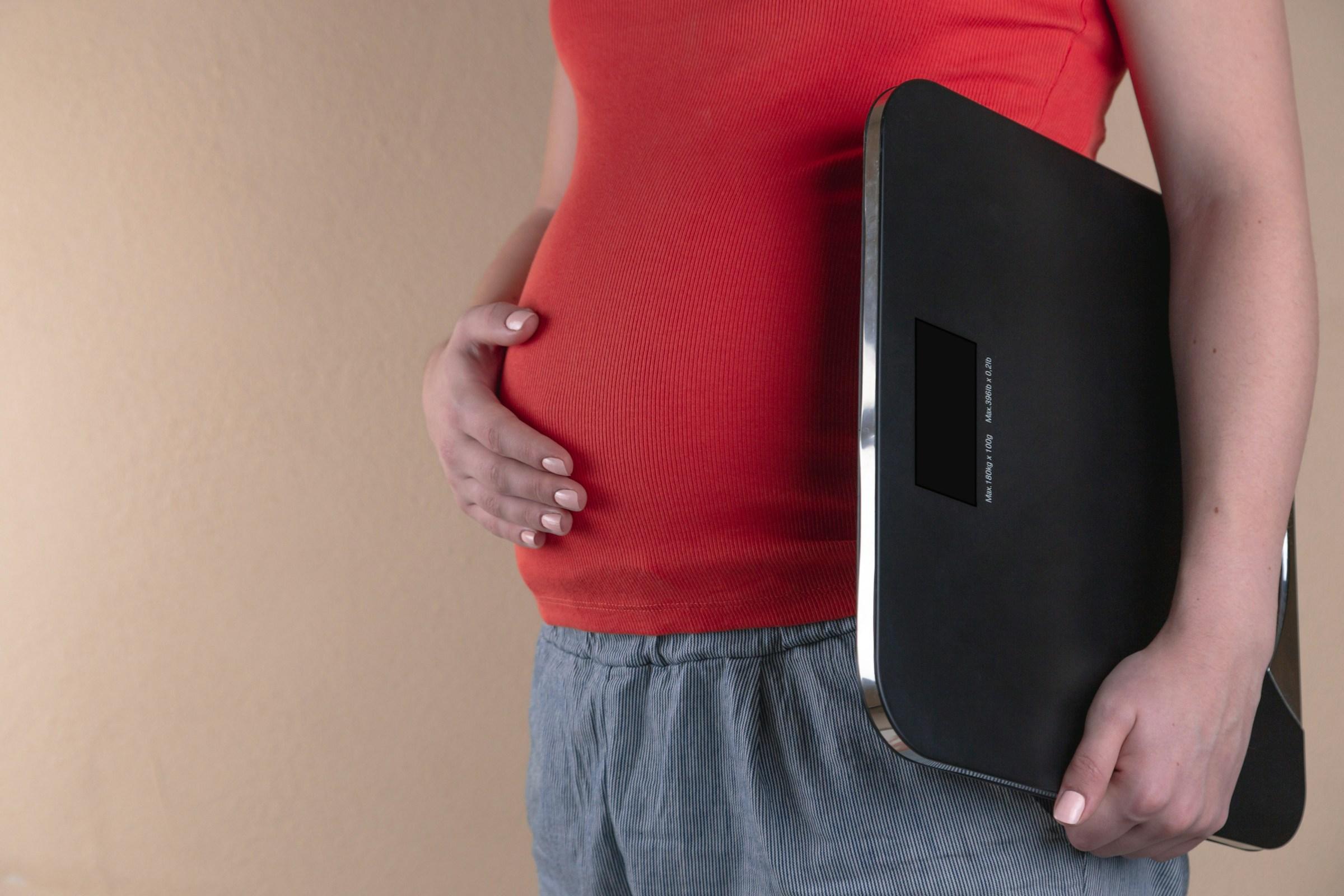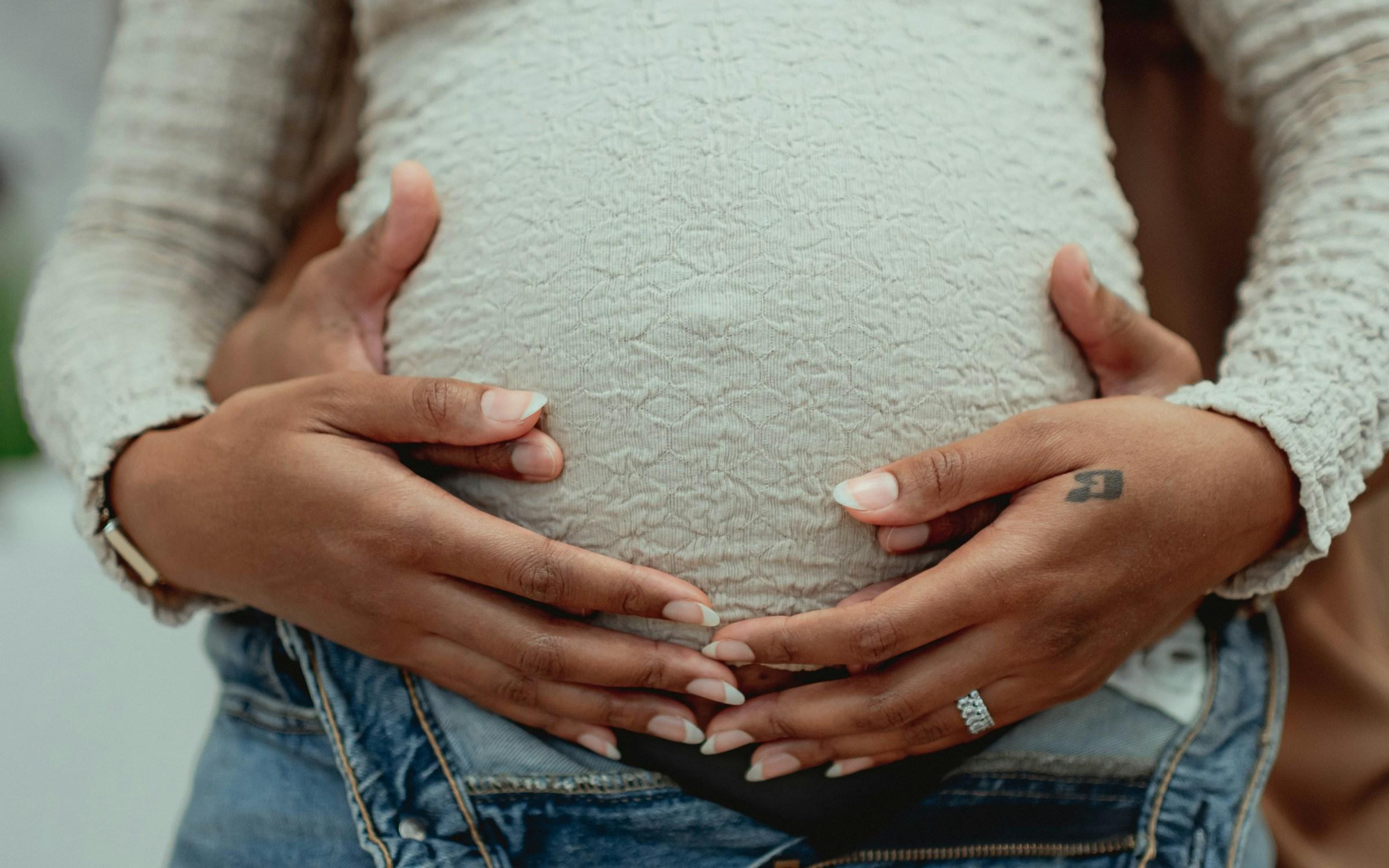The internet loves a bump photo. The eye goes to the glow, the curve, the countdown posts that promise a neat finale. Yet the riskiest part of pregnancy rarely appears in those glossy frames. For many parents, danger gathers around labor and in the days that follow, a narrow window when the body must finish the most complex work it will ever perform while a new life is just beginning. For the pregnancy itself, risk clusters earlier, in the fragile first trimester, where most losses take place quietly and often without a clear cause. To understand pregnancy with honesty, we have to hold both truths at once. The body of the parent faces its sharpest hazards around birth and in the first week after. The developing pregnancy carries its greatest vulnerability in the first thirteen weeks. Culture tends to overlook both realities because they do not fit the celebratory script.
Labor looks like an ending to outsiders. To the person giving birth, it is both culmination and beginning. Blood volume that swelled through months must recalibrate quickly. A uterus that has been contracting in whispers must contract with force and then continue contracting to prevent dangerous bleeding. Hormones shift at a speed that can bend mood and cognition. It is no accident that postpartum hemorrhage remains one of the leading causes of maternal death worldwide. Sometimes it erupts in minutes. Sometimes it creeps, disguised as normal bleeding before a nurse notices the pad count or the pulse. Prevention and treatment are well known, yet they demand resources, vigilance, and systems that respond without friction. Where systems are fragile, inequities widen and outcomes diverge.
Hypertensive disorders tell a different story, quieter but just as urgent. Preeclampsia can build late in pregnancy, spike during labor, or appear surprisingly after delivery. The signs do not always trumpet their arrival. A persistent headache. Swelling that feels different from the usual end of pregnancy puffiness. Dots or flashes in the field of vision. Pain along the right upper abdomen that a tired parent might mistake for indigestion. When these signals are dismissed or missed, the condition can accelerate into seizures or stroke. Treatment exists, but it depends on recognition, measurement, and follow up. That is what makes the days around birth so charged with risk. Biology is doing backflips while the family and the care team are adjusting to a newborn and to new routines. Small misses can become large consequences.
There is a broader context to maternal risk that adds another layer. The story does not end after discharge, and it certainly does not end at the ceremonial six week visit. Many clinicians now talk about a fourth trimester, the first twelve weeks after birth when medical needs continue and mental health deserves as much attention as physical recovery. Blood pressure can climb rather than fall. Bleeding can tip from normal to urgent. Infections can declare themselves. Milk supply can rise and crash. Sleep can unravel. A person who has just done something extraordinary is often expected to put on a brave face for visitors and scroll past any worry that does not fit a tidy narrative. Care that feels like primary care makes more sense than a single clearance visit. Early check ins, home blood pressure monitoring, and simple digital prompts can catch problems before they swell into emergencies. None of this looks glamorous. All of it saves lives.
Risk also sits in the mind. Some countries already list suicide and even homicide among leading causes of death during the perinatal period. That reality may feel startling, but it points to a simple truth. Safety is social. Shortfalls in leave policies, partner support, screening, and follow up do not only influence convenience or comfort. They can shape survival. Postpartum mood and anxiety disorders are common, treatable, and underdiagnosed. People rarely need a pep talk. They need a plan, and they need others to take their symptoms seriously. A friend who asks simple questions at the right time can change a trajectory. When did you last sleep longer than an hour. Have you had a headache today. Do you feel safe. Answers to those questions can steer someone toward care before the next wave hits.
Set beside this picture is another truth that belongs in any honest conversation about risk. When most people ask about the riskiest part of pregnancy, they often mean the time when the pregnancy is most vulnerable to loss. That is usually the first trimester. The majority of miscarriages happen earlier than thirteen weeks. Many are tied to chromosomal differences that no decision or behavior could have prevented. This does not lighten the grief, but it reframes the blame that many carry in silence. The body did not fail. The person did not fail. Biology followed a rule that feels cruel when it touches a specific life. Good information helps here too. Clear explanations delivered with tenderness, along with access to care and community, can soften the loneliness that unanswered questions often deepen.
If the public story of pregnancy has lagged behind the medical reality, it is partly because our rituals are built around thresholds rather than recoveries. We celebrate weddings more than the first unglamorous year of a marriage. We focus on graduation ceremonies more than the first months in a demanding job. We flood a labor room with heart emojis and then assume the hardest part has passed. The truth is that bodies need help after the major moment, not only applause during it. Families and friends can rewrite the ritual in small, practical ways. Bring soup rather than opinions. Offer to hold the baby so the parent can nap without guilt. Ask about bleeding, headaches, and mood rather than assuming that silence means success. These gestures do not replace clinical care, but they create a buffer that makes clinical care more accessible.
Health systems are adjusting too. Earlier postpartum touchpoints are replacing the single endcap visit. Midwives, nurses, and doctors are distributing blood pressure cuffs so that measurements happen at home where warning signs can be caught early. Text messages that ask a few targeted questions are flagging red lights that would otherwise remain hidden. Lactation support is moving closer to real life and further from a one time consult that ignores how quickly feeding patterns can change. None of these shifts depends on cutting edge technology. They depend on attention and follow through.
It is worth noting that risk is not the same for everyone. Geography, income, race, and the strength of local systems all shape outcomes. What is rare in one setting can be common in another. What is easily treated in a well resourced hospital can turn fatal where transport, blood products, or trained staff are scarce. Even within the same city, people can live in different worlds of safety. That is not a reason to throw up our hands. It is a reason to anchor conversations in reality. When we say the riskiest window for the parent surrounds birth and the first week after, we can also say that this risk bends when systems improve. When we say the first trimester is the most vulnerable time for the pregnancy itself, we can also say that compassionate care and clear information ease the path through loss for those who experience it.
The conclusion is plain. Pregnancy does not have a single risk peak that fits neatly into a caption. For the parent, danger concentrates around labor and the immediate postpartum days, with echoes through the fourth trimester. For the pregnancy itself, fragility is strongest in the first trimester. Naming both truths helps everyone involved make better choices. Clinicians can design follow up that matches biology rather than tradition. Families can show up in ways that matter rather than ways that photograph well. Friends can swap platitudes for practical support. Employers can offer leave and flexibility that honor recovery. Communities can normalize mood screening and help seeking without shame.
None of this should inspire fear. It should focus our attention where it helps most. A body that can grow, deliver, and feed a human being is capable of astonishing work. It deserves care that is steady, unspectacular, and tuned to the moments when risk quietly peaks. If you are pregnant or newly postpartum, you do not need to become an expert in every complication. You need a circle that will notice when something shifts, ask the right questions, and connect you to care without delay. The riskiest part of pregnancy becomes less frightening when it is named, watched, and supported. The beautiful photos will still be there. The story behind them will be truer, and the people in it safer.














